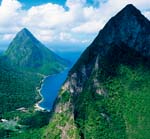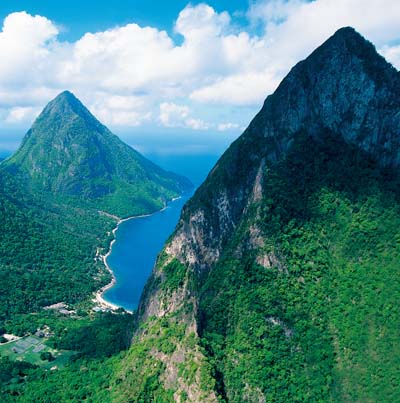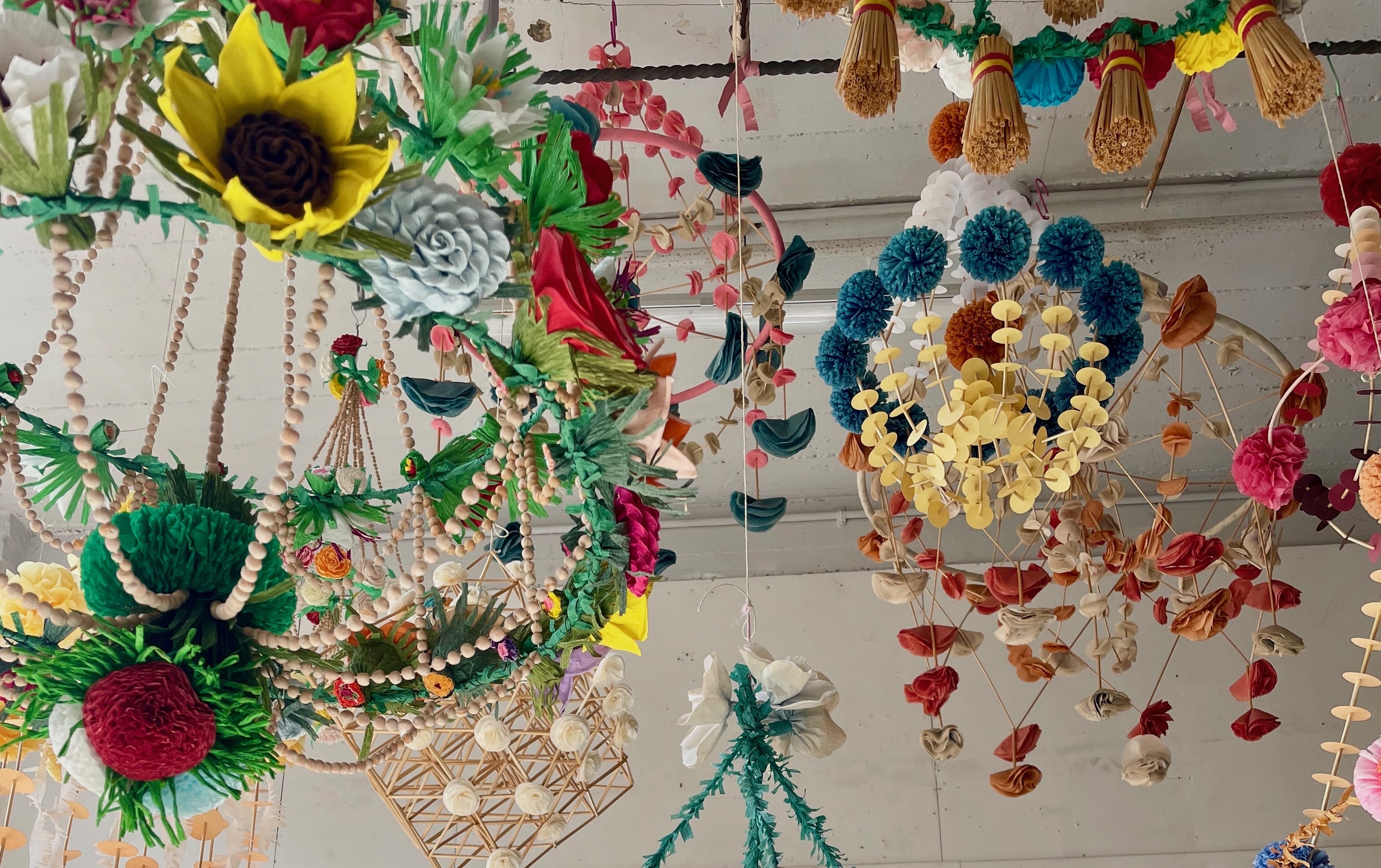Travel in St Lucia with children
St Lucia is a joy to visit with children recommends Rupert Uloth


Like two young boys fighting over a favourite toy, Britain and France were constantly squabbling over St Lucia during the 17th and 18th centuries. It changed hands 14 times, and nowhere is evidence of each nation's presence more apparent than at Pigeon Island, on the north-west tip of St Lucia, which became the garrison for each respective occupying force. On a trip there one afternoon, I found pieces of quality blue china near the ruins of the old officers' mess, proof of the British presence. The cruder, brown paysanne pottery scattered among it would have been used by the French. The green shards of wine-bottle glass I also credited to the latter.
Three centuries ago, the island's strategic proximity to French-occupied Martinique was desirable enough, but I would like to think that Admiral Rodney's men, who performed so valiantly at the Battle of the Saintes in 1782, were partly inspired by the island's other attractions, which draw more than 700,000 visitors annually.
Jalousie Plantation, where we stayed, is in the enviable position of being in the middle of a UNESCO World Heritage Site. Les Deux Pitons, volcanic, cone-shaped peaks, rise up either side of the bay like giant green witches' hats. In The Traveller's Tree, Patrick Leigh Fermor describes them as ‘surprising: two lonely spikes jutting out of the coast of the island, each shaped like the Matterhorn'.
The view from them is as remarkable as the view of them, as we discovered one morning after a 2½-hour climb to the top. The path has been created as part of a community project, which benefits those living in the area. The guides come from the local village. Two hundred years ago, escaped slaves made their homes here in this remote and inaccessible spot. Now, the inhabitants welcome outsiders who provide them with a means of making a living.
There were plenty of activities to entertain us outside Jalousie. We wallowed in the sulphur springs, which the Medecins du Roi, summoned by the French Governor of Martinique, deemed to be ‘sovereign for rheumatic complaints' and full of every kind of health-giving property in the 1780s. They are still bubbling away more than two centuries later, and the merriment in smearing the grey mud all over ourselves was certainly a life enhancer.

We spent an evening at the Anse-la-Raye Fish Friday, where the main street of the fishing village is turned into a series of outdoor restaurants. With lively music and milling throngs of locals and tourists, there is a happy atmosphere, and our lobster in white-wine sauce was worth the 45-minute car journey alone. Our other ‘local' experience was equally delightful, if unexpected, after the road was blocked by a broken-down truck. We retreated to the old court house overlooking the harbour in nearby Soufrière for a lunch sitting at a table next to two smiley local policemen.
At Hotel Chocolat, we learnt how to grind coffee beans and grafted cacao plants onto rootstock, before lunching on chocolate burgers and cacao ravioli. There are plans for a chocolate factory soon. It was there, in the spirit of the island's history, that I had the English Captain's punch, and my wife retaliated with the ‘Pi-Ton' French equivalent.
Sign up for the Country Life Newsletter
Exquisite houses, the beauty of Nature, and how to get the most from your life, straight to your inbox.
Back at Jalousie, previous owner Lord Glenconner no longer wanders the beach with his pet elephant he died in 2010-but there is plenty to amuse young and old. In between delicious, fresh food-the king fish was my favourite-the children were entertained by the indefatigable Canice, who would announce his arrival at the beach with a series of cartwheels and a double somersault, and by Ailsie, the queen of handicrafts. Hobie-cats, mega wings, waterskiing, good snorkelling and a first-rate spa are the staples one would expect of a quality Caribbean resort holiday.
So who finally won those Anglo-French tussles of two centuries ago? Well, The Queen's head is on the currency and Princess Alexandra opened the Pigeon Island National Landmark in 1979. St Lucia has been a British territory for almost the past two centuries, and its government was consulted over the rules of accession at 2011's Commonwealth conference.
But it wasn't a complete rout. French culture is evident in the melodic French Creole language that is spoken by more than 90% of the population. And perhaps it has benefited from what Leigh Fermor described as ‘the extra decades (in relation to French suzerainty in the other Antilles, which have since become British), during which St Lucia remained in French hands, and the large numbers of French landowners, cousins of the squirearchy of Martinique, who stayed on afterwards, meant that Paris was still the chief luminary to reflect its lustre on St Lucian life'?
Carrier (0161-492 1354; www.carrier.co.uk) offers seven nights from £1,290pp (based on departures on June 11-13), with two sharing a Sugar Mill Luxury room at The Jalousie Plantation, Sugar Beach, St Lucia. Includes a complimentary night and complimentary half board, return flights from London Gatwick and transfers, saving up to £1,310 per couple. Valid from May 1 to October 31. Book by February 29
to Country Life and save over £50 a year
Country Life is unlike any other magazine: the only glossy weekly on the newsstand and the only magazine that has been guest-edited by HRH The King not once, but twice. It is a celebration of modern rural life and all its diverse joys and pleasures — that was first published in Queen Victoria's Diamond Jubilee year. Our eclectic mixture of witty and informative content — from the most up-to-date property news and commentary and a coveted glimpse inside some of the UK's best houses and gardens, to gardening, the arts and interior design, written by experts in their field — still cannot be found in print or online, anywhere else.
-
 Burberry, Jess Wheeler and The Courtauld: Everything you need to know about London Craft Week 2025
Burberry, Jess Wheeler and The Courtauld: Everything you need to know about London Craft Week 2025With more than 400 exhibits and events dotted around the capital, and everything from dollshouse's to tutu making, there is something for everyone at the festival, which runs from May 12-18.
By Lotte Brundle
-
 Everything you need to know about private jet travel and 10 rules to fly by
Everything you need to know about private jet travel and 10 rules to fly byDespite the monetary and environmental cost, the UK can now claim to be the private jet capital of Europe.
By Simon Mills